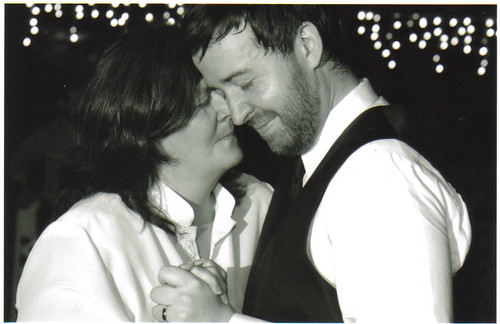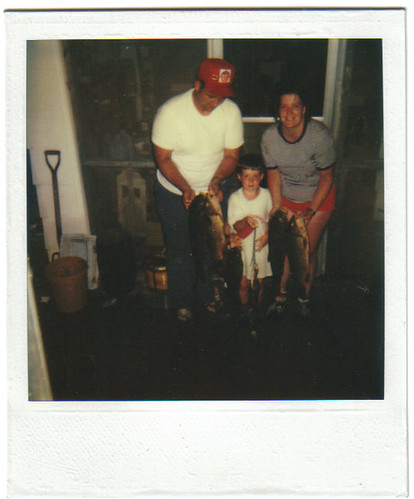Day 1 of a mini-conference here at Duke. Fredric Jameson has brought in a group of young-ish Russian Marxist intellectuals who operate under the heading
What Is To Be Done?
Here are some notes:
Jameson, in his intro, says: 15 years ago in Soviet Union, mention of Marx would bring laughter, pity or anger; but now, there is a development of intellectual interest in Marx.
The second speaker of the day, Dmitry Gutov, from Moscow: well-known video & installation artist; co-founder of Lifshitz Institute.

Mikhail Lifshitz
Gutov will try to give a presentation that is an illustration; of course, only an artist, but a character on the borderline of art & philosophy: doesn’t see self as philosopher in any way; remembering when he says this a quote from Hegel’s notebook, for a philosopher a notion is as close as a cow for a peasant; so, for him, world of video camera and paint is much closer; but the world of notions bears a great attraction, but in an amateurish way; his activities are 50/50 as an artist; travel over the world and take part in biennials; other hand, one of the organizers of the institute, which is what he wants to talk about; start by illustrating what Jameson said in preface about relationship to Marxism in late 80s-early 90s; in the late 80s, marked the outset of anti-communist hysteria in Soviet Union; suddenly, turned out that the teachers of dialectics were great fans of Nietzsche; as soon as they could express their deep hatred towards Marxism, they did so with indescribable intensity; at the same time, a number of artists decided to re-read Marx and reconsider Soviet Marxism; when reassessed texts, suddenly realized they were deeper and more interesting than realized when younger; one could compare it to being bludgeoned by heavy instrument, and when they stop hitting you over the head, you can look at that instrument; maybe it was a rusty pipe, or maybe a beautiful sculpture from antiquity; in the late 80s, they started to re-read classical 30s Marxist texts; detour: a week ago he was in London talking to Stanley Mitchell, who is very familiar with Russian Marxism and Lifshitz in particular: asked if any perspective for this thinker in an English speaking context: his answer, these texts could be divided in three equal parts: first, are the ones that make your hair stand on end; about 20th century art & modernism where the project of modernism in a very strong way, starting with Picasso and ending with Warhol; S. Mitchell said you can’t translate these, in any way: and Mitchell loves Lifshitz; the third part are texts on theory, absolute truth, knowledge, etc; these texts sound like Hasidic mysticism even farther out than Gershom Scholem, no one will understand them; Mitchell's argument seems to be a precise characterization of Lifshitz’s life work;
How he discovered his texts; his entire generation all new Lifshitz, commonplace; because he was the author of the most scandalous book on 20th century art,
the Crisis of Ugliness; but since this was the only book available of pics of Warhol, etc, everyone had it: everyone hated the author; stood as a symbol of reactionary element in soviet culture; so when they stopped hitting them over the head with the book, saw how subtle their language was, etc; in 70s, no tradition of criticizing Frankfurt, Lukacs, etc, they just weren’t mentioned; but it turned out, though these names aren’t mentioned in the book, there is a polemic with these people: if you’d read Benjamin or Adorno, you could see that it was a polemic against them from inside Soviet Marxism; this discrepancy wanted them to find out more: what was this guy’s program?: this group of people consisted of contemporary artists in performance, video, etc:
Lifshitz’s biography: why was this old man so against modernism & modernity?: in the late 80s, anyone who read Marxist lit was looked at as a hopeless idiot; a certain advantage in that people would gather around you and point and say look at this idiot; an opportunity to present their views because they were considered so idiotic; Lifshitz had thought Marx has developed a doctrine of absolute truth; the word “Truth” can be found on every page of Lifshitz; so if you’re looking for texts against po-mo and relativism, there’s no better place than Lifshitz; one could imagine how these sounded when the first po-mo texts were circulating and everything was relative
Lifshitz’s bio: born in 1905: dreamed of being an artist from early childhood onward; in 1919, first laid hands on Lenin’s book: interested in philosophy; but since he wanted to be an artist, he moved to Moscow and enrolled in the soviet Bauhaus; began profession activity at the very height of the avant-garde, enrolled in 1922; Lenin had suggested starting a journal called the Materialist Friends of Hegel’s Philosophy: Lifshitz was the only one who took this suggestion seriously; learned German to read Hegel in original language; after about 2 years of reading Schilling, Hegel, Marx, etc, came to conclusion he was being taught nonsense; have to agree, the thought of teaching a-g art is ridiculous at the outset; the idea of avant-garde is to reject your teachers; Lifshitz took this to heart by rejecting his av-garde teachers; decided one had to return to aesthetic ideals presented by Hegel and Marx; told that there is no Marxist art, Marx wasn’t interested in aesthetics; Lifshitz, to prove these people wrong, decided to go thru Marx’s work to find anything having to do with art at all; in 1933, he published the results in
Marx & Engels on Lit and Art; Lifshitz was cut out of later versions/translations, his intro taken out, etc: less subtle; Lifshitz began to write his own first critical work, on the
Aesthetic Ideals of Marx; published in English;
Thrown out of academy as far right deviation of Marx; then, as situation changed, he became listened to again; Lifshitz called this the transition from the abstract Marxism of the 20s to the stupid Marxism of the 30s; by abstract, Lifshitz thinking of Hegel’s
Who Thinks Abstractly?, where the vendor of rotten eggs is the man who thinks abstractly; so, abstract was a serious by accusation; in the 30s, Lifshitz and his friends founded a small Marxist circle: published a journal called
The Literary Critic; only two people from circle gained recognition: Lukacs (& one of Lifshitz’s friends), and also Andrei Platonov; Stalin hated Platonov; the
LitCrit would allow Platonov to publish under pseudonym, and would defend him; one of their central notions was that of realism, but weren’t thinking of 19th century realism; for L, the high point of realism was Russian icon painting, also, African sculpture was realist; one of his favorite quotes, from a letter from Marx: “Reason has always existed, but not always in a reasonable form”; realism has always existed, but not always in a realistic form; by the late 30s, the circle had been smashed, members were sent off, drafted, journal closed; Lifshitz drafted, went to the front, was wounded; in the 50s, and Lifshitz had returned from the war, no one knew him, everyone was gone, nowhere to publish; also, anti-semitism pushed him out of public life; then: university translation of Lukac’s
The Young Hegel, had trouble with one term, wrote to Lukacs for explanation: Lukacs answered, why ask me if Lifshitz lives in Moscow; the philosophers trained in the 50s didn’t know Lifshitz existed; by the time of the Kruschev thaw, L hadn’t published in 18 years; L published an article in
The New World that was very critical of Stalinist lit; still one of the most brutal pieces of criticism on Stalinist intelligentsia; he was thrown out of the party for this article, kept from publishing for another 10 years; 12 years later, published a small article “Why I Am No Modernist”; after this, became notorious as the most obscure and most orthodox representative; in 68,
The Crisis of Ugliness appeared, which made his reputation as a reactionary forever; after 68, Prague Spring, the entire soviet intelligentsia was anti-Marxist; each article that mentioned Marx on every page were considered to be examples of orthodoxy;
A figure they became interested in; started propogating his work when the Soviet Union was falling apart; this time had an incredible advantage: you could do anything as an artist (they were doing research) and it could be called art: you could open a café and be considered an artist if you called yourself one; in the early 90s, the most radical artistic trends was Moscow Actionism: art that didn’t produce artifacts: provocative actions in public spaces: writing a crude word in Red Square with human bodies; lasted from 91 to 97; now just a few people left who do this, but degenerated to a kind of salon; Lifshitz Institute activities were understood in this vein; continued through the 90s til 2000/2001, when the situation changed radically; in 2001, former Actionists became traditional gallery artists who were making almost national art (more or less); the younger generation came up who didn’t grow up in Soviet Union, didn’t know of earlier context; looked up to the Actionists as the most radical artists, when he threw down radical banner, they picked it up (most were around 16 years of age); in the early oughts, the Lifshitz Institute looked conservative and uninteresting;
Lifshitz: “Art is the strongest critical weapon because it criticizes the wrong relationship of consciousness to the world”; the only thing that can have any meaning is the right relationship of consciousness to the world




